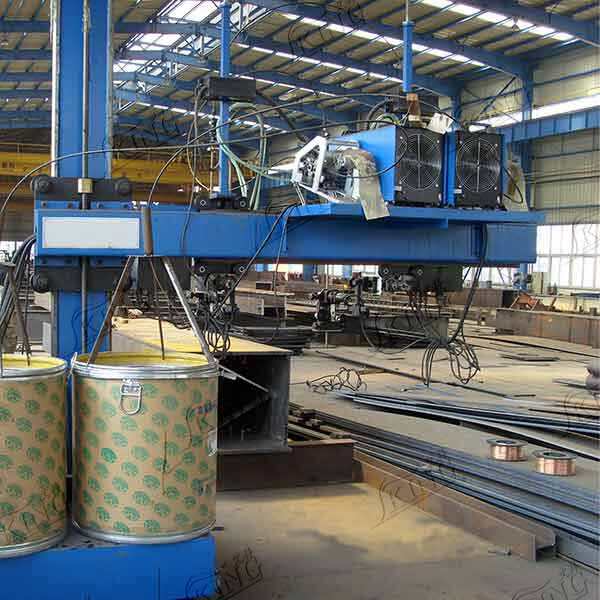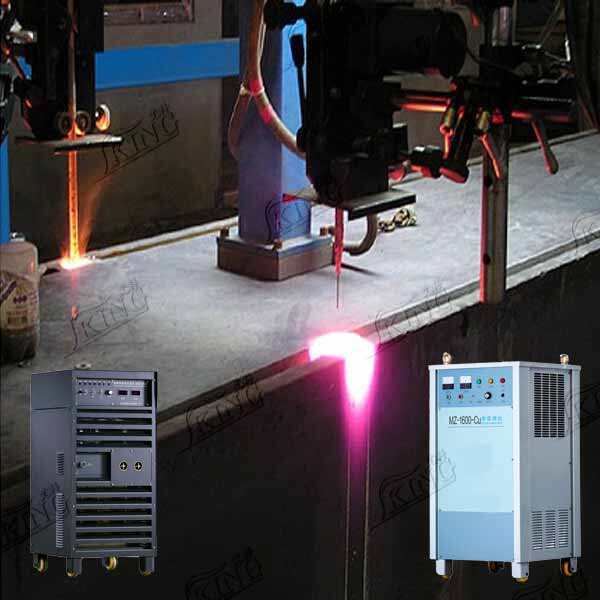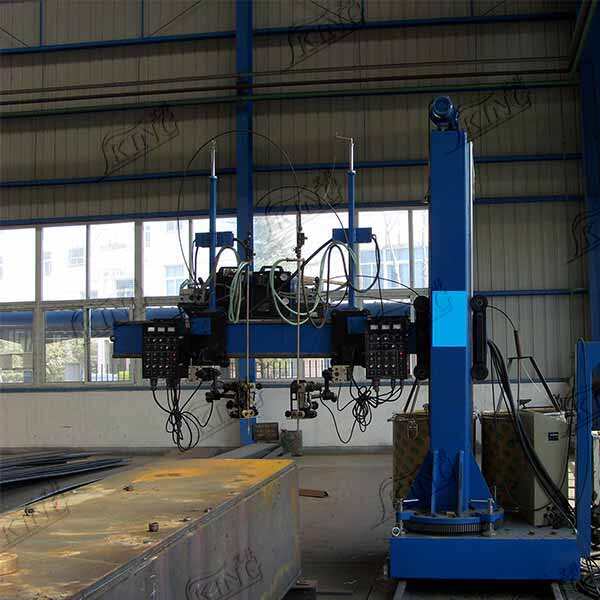rolling mill stand welding
Rolling mill stand welding represents a critical process in the manufacturing of industrial equipment, specifically focusing on the structural integrity of rolling mill stands. This sophisticated welding technique combines precision engineering with advanced metallurgical processes to create robust and durable mill stands capable of withstanding intense operational pressures. The process involves specialized welding procedures that ensure proper fusion of heavy steel components while maintaining dimensional accuracy and structural stability. Modern rolling mill stand welding incorporates automated systems and computer-controlled parameters to achieve consistent weld quality across large surfaces. The technology utilizes various welding methods, including submerged arc welding and flux-cored arc welding, depending on the specific requirements of the mill stand components. These welding operations are essential for manufacturing new mill stands and conducting repairs on existing equipment, ensuring extended service life and optimal performance. The process requires careful consideration of material properties, heat input control, and post-weld heat treatment to prevent distortion and maintain mechanical properties. Quality control measures, including non-destructive testing and dimensional verification, are integral parts of the welding procedure.


